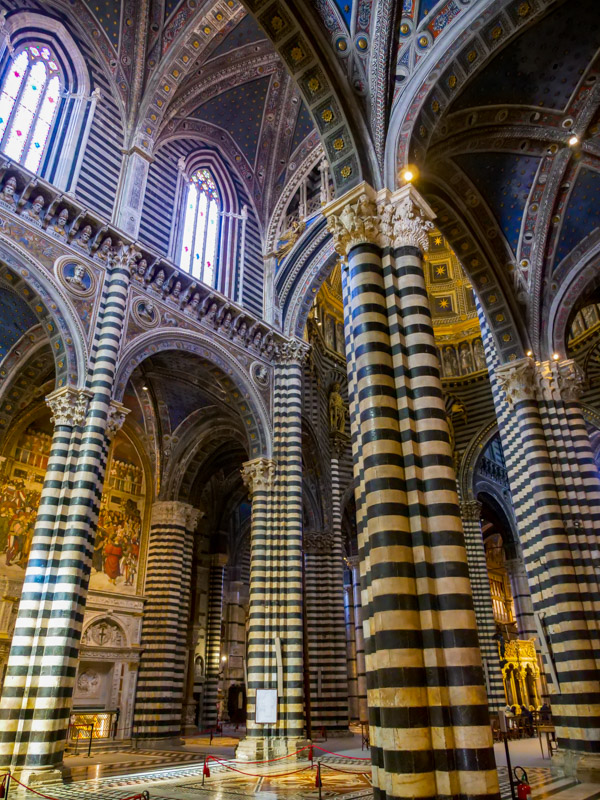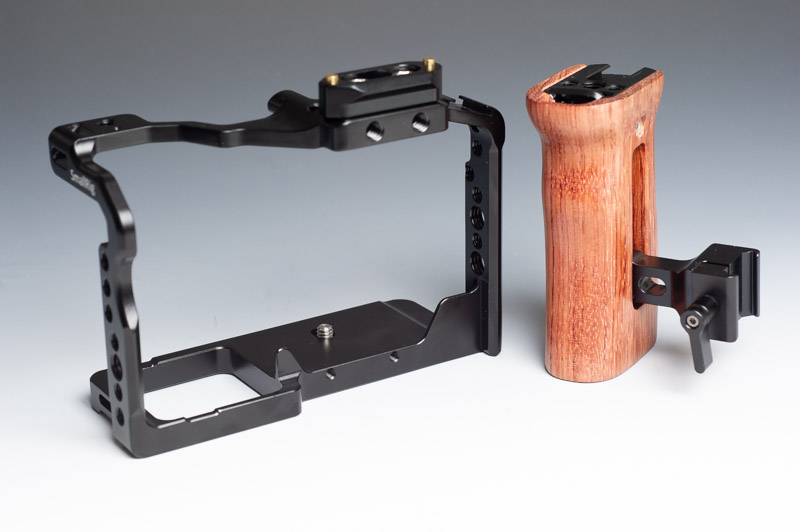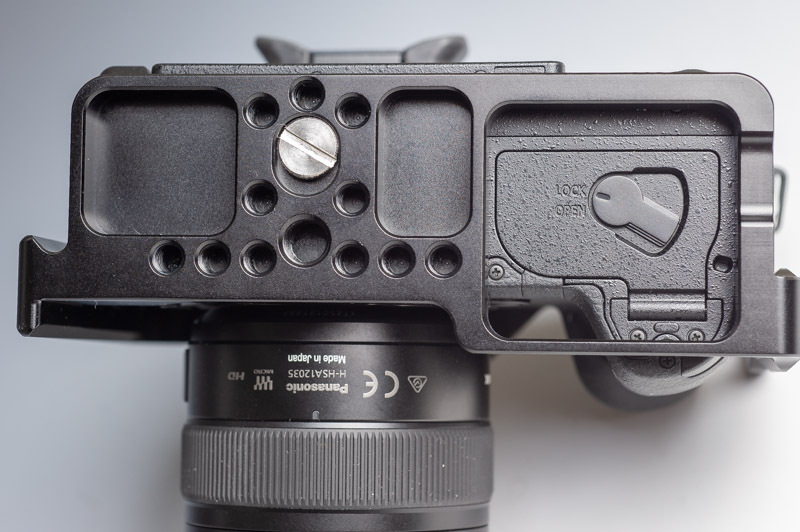Leica has released 3 limited edition lenses based on current production models. They are the 28mm 5.6 Summaron in black paint, the 28mm 1.4 Summilux in silver finish and the 50mm 2.0 APO with the scalloped focusing ring.
Info from the press release is below followed by comments.
SUMMARON-M 28 F/5.6, MATTE BLACK PAINT
Available February 28, 2019
The Leica Summaron-M 28 mm f/5., matte black paint bolsters the range of classic Leica lenses with a new and exclusive color option, making for a stealthier variant of such an iconic lens with vintage aesthetic signature.Limited to 500 lenses worldwide
SUMMILUX-M 28 F/1.4 ASPH., SILVER ANODIZED
Available February 28, 2019
For the first time, the Summilux-M 28 mm f/1.4 ASPH. wide-angle lens is available in a silver anodized version. Owners of M-System cameras and lenses in silver now have another matching high-performance lens for their systems in one of the most versatile and fast wide-angles of the Leica portfolio. Limited to only 300 worldwide
APO-SUMMICRON-M 50 F/2 ASPH., BLACK CHROME
Available February 21, 2019
Reminiscent of the vintage Summicron 50 mm f/2 (II) from 1956, the APO-Summicron-M 50 mm f/2 ASPH., black chrome features a scalloped focusing ring with barrel components machined from brass. This special lens has engravings for the focal length and distances measured in feet with red enamel paint, meticulously applied by hand. Limited to 700 lenses worldwide
If you have gone through the reviews on this site you may have noticed that I own the Silver Chrome version of the 28mm 5.6 Summaron. I am very happy with the results that I have been getting with this lens and really enjoy the retro look. It is small and light and takes up practically no room in my bag. I am considering picking up the black paint version just so that I can own both copies.



























